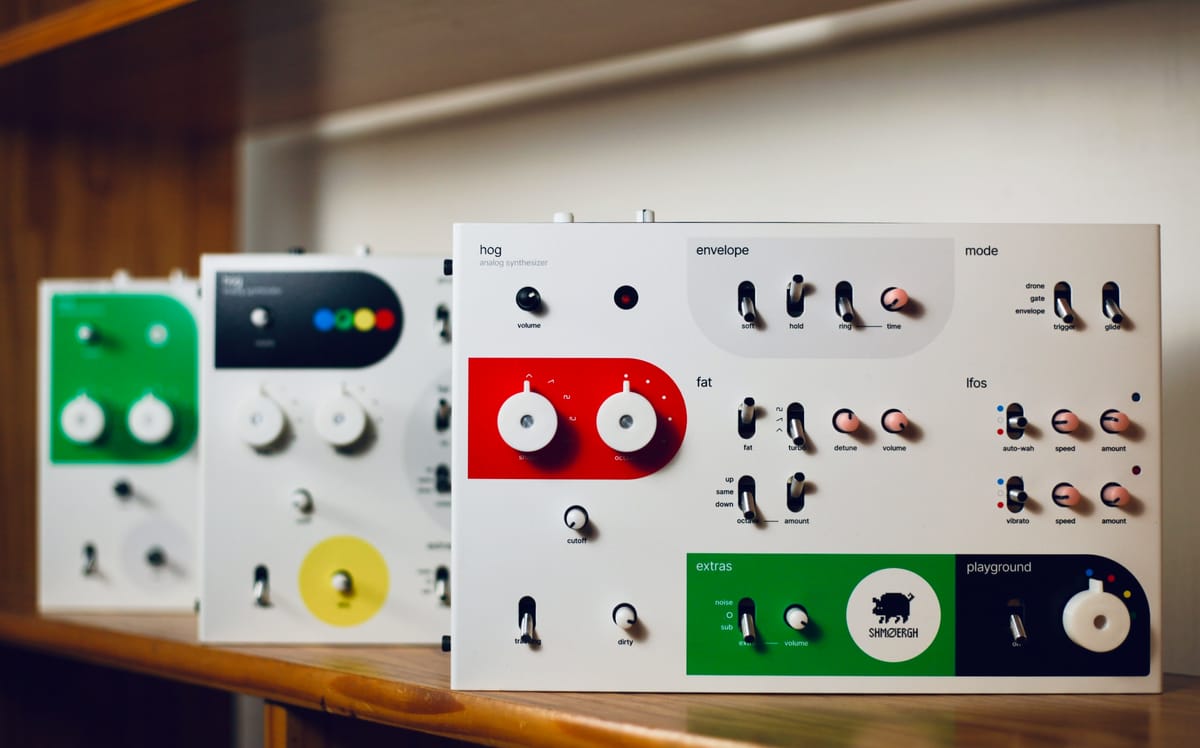Shmøergh Hog: A Two-Year Journey Building a Simple Analog Synth

The Shmøergh Hog is a meticulously crafted analog synthesizer, a weekend project spanning two years, built by two designers from tech companies. Designed for simplicity and ease of use, it employs a classic subtractive synthesis architecture. The authors detail their journey from initial concept and circuit simulation through PCB manufacturing and custom stainless steel enclosure creation. While mass production isn't the goal, they hope to share this unique instrument with fellow music enthusiasts. The build guide is open source.
/cdn.vox-cdn.com/uploads/chorus_asset/file/25813556/msioled27inch.jpg)



















